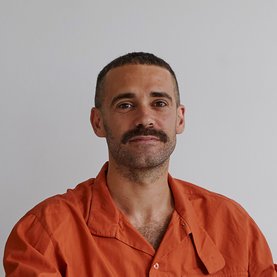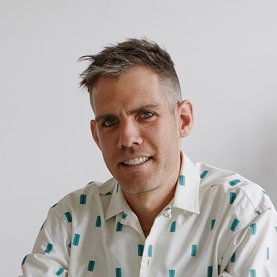ADS3: Postindustrial Intimacies: Companions on Disturbed Lands
Jump to
Donkeys graze on invasive grasses in abandoned quarries. Boar reclaim suffocated bogs along borderlands and coal mines. Shrimp take over demilitarised zones. Pigeons proliferate in abandoned factories. Water buffalo trample flooded mine pits. In 2025/26, ADS3 examines how animals struggle and thrive in post-industrial sites, forming new relations and alliances with humans across damaged terrains.
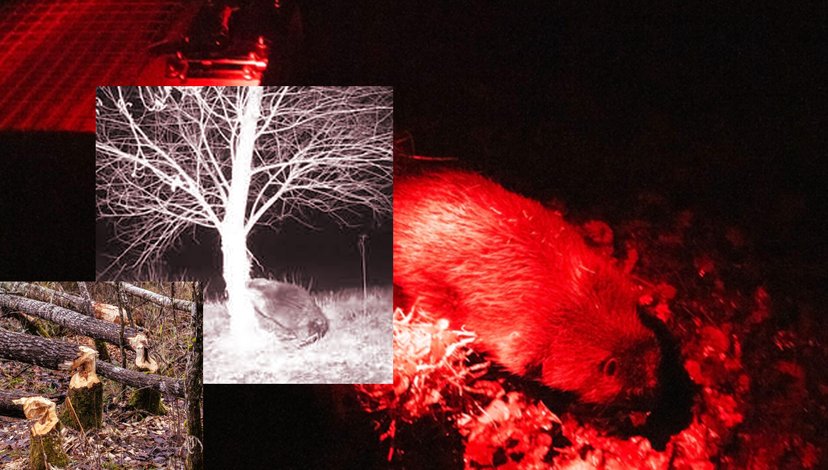
Beaver Bombing in English Chalklands: unauthorised release of Ronnie the Beaver by an unnamed activist. Over the past 20 years, “beaver bombers” have secretly freed up to 200 beavers across Britain in an effort to repopulate the UK and regenerate drained fields and rivers, exhausted by intensive agriculture. Composite: Cooking Sections
Tutors: Daniel Fernández Pascual, Alon Schwabe & Rosa Whiteley
The chosen sites emerge where industrial activity has ceased and something else has taken hold: abandonment, decay, adaptation, or regeneration. Students' projects will explore human-animal intimacies through multiscalar mapping and spatial analysis. “Intimacies” refers to the subtle, often overlooked relations of proximity, dependency, and care that shape how bodies coexist in space.
In ADS3, intimacies are not understood as private, but as part of a broader political project in which relations and attachments unfold through shared metabolism, common language, contested territory, and negotiations around living together on disturbed ground. This approach challenges normative paradigms of land ownership, access, productivity, containment, and ecological value – ultimately producing new architectures and forms of multispecies cohabitation on the ruins of extractivism, through the eyes of donkeys, boar, shrimp, pigeon, buffalo, and many other companions.
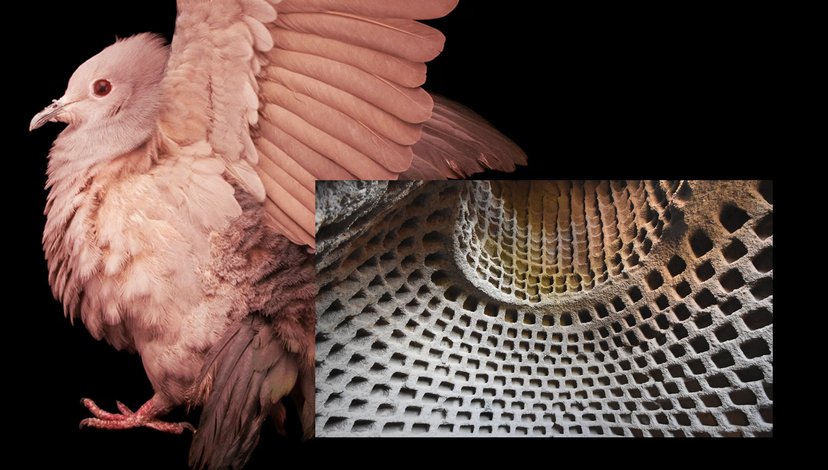
Pigeon Houses in Ταραμπαδος, Tinos, Greece. The pigeon architectures of this island developed during the height of wheat agriculture in the islands, with pigeons raised and housed by farmers who used the pigeon guano as fertiliser. (Image: Rosa Whiteley, 2025) Composite: COOKING SECTIONS
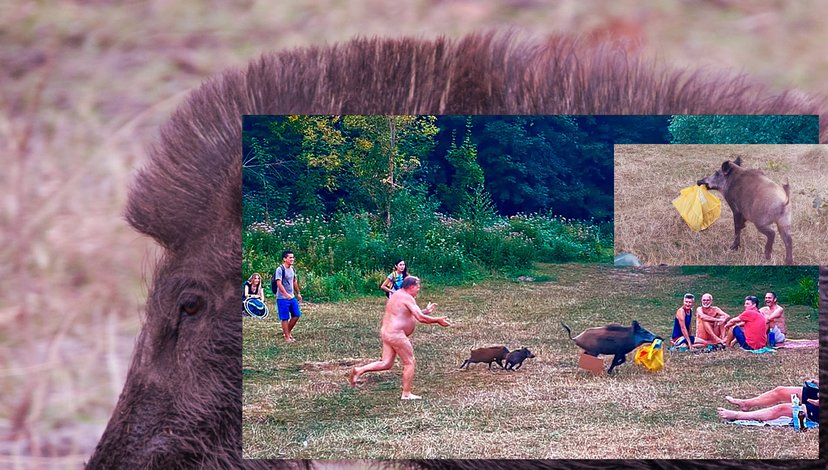
‘When he returned from the forest, everyone applauded him.’ A nudist chasing a wild boar trying to steal a bag containing his laptop, into forest undergrowth near Berlin’s Teufelssee, 2020. Composite: COOKING SECTIONS
As habitats are drained, enclosed, built upon, or rendered unliveable, animals dwell in unexpected places, far from industrial pens or idealised wilderness. These encounters spark new love affairs in seemingly unattractive places – brownfields, landfills, wastelands, or urban fringes – scarred by abandonment, enclosure, and extraction.
Starting from species in the process of being de-industrialised or evading neoliberal confinement, ADS3 engages with grazing rights, transhumance routes, seasonal trespass, displacement, biosecurity, allergens, and land-use conflict. Projects may track how these dynamics are shaped by various stakeholders, including big landowners, commoners, travelling communities, agro-industry, and offshore developments. Students will develop spatial proposals alongside a land-use manifesto or policy statement, forging transspecies alliances from a non-human-centric perspective to reimagine architectures of care, resistance, and performance.
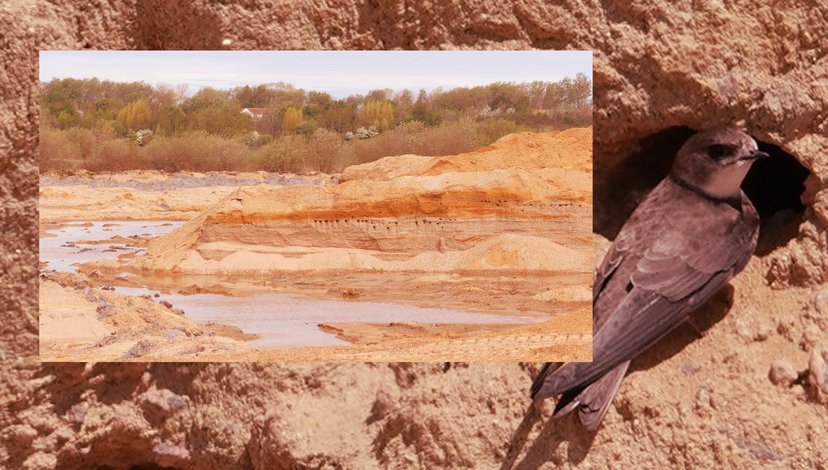
Sand Martins and Little Winged Plovers nesting in gravel pits along the Lee Valley, UK. Gravel pits account for 80% of Little Winged Plover habitats in the country. Composite: COOKING SECTIONS

Truffle House, Costa da Morte, by Ensemble Studio. Built by casting concrete around mud and straw, in collaboration with a calf who ate the interior straw casting until the house reached its final form. Left: Paulina the calf eating the interior casting. Composite: COKING SECTIONS
The year will begin with collective work around selected species in the process of de-industrialisation, researching how they engage with humans and post-industrial spaces. These shared investigations will form the basis of a staging methodology: utilising spatial arrangements and choreography to expose human-animal bonds, dynamics of power or access, and cohabitation within a site. This work will be supported by collective feedback sessions, peer-to-peer exchange, and efforts toward non-human perspectives.
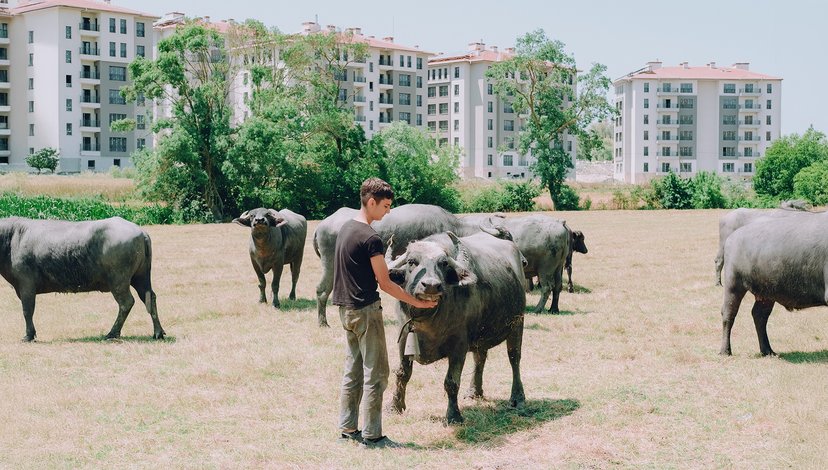
Portrait of Yağız Yoldaş and his water buffalo in Baklalı Village, 2025. (Image Credit: Ci Demi. Courtesy: CLIMAVORE x Jameel at RCA)
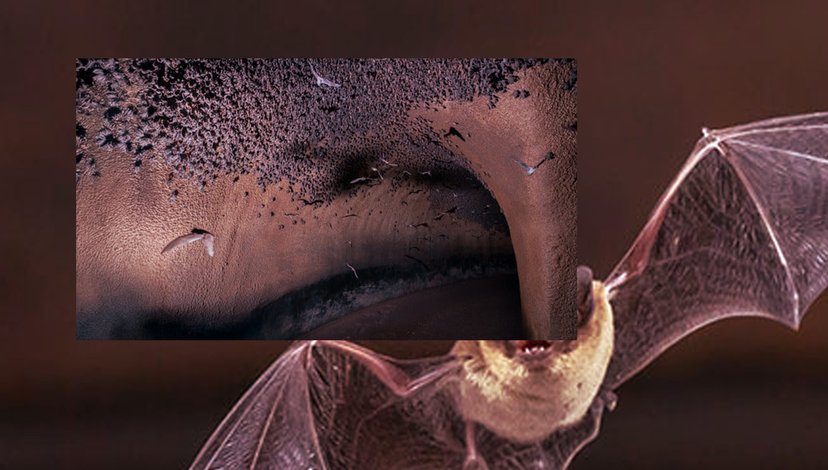
Artificial cave built to protect bats from a dangerous fungal disease, Texas. In summer, any fungus left by the bats is cleaned by their human caretakers. Composite: COOKING SECTIONS
ADS3 promotes interdisciplinary thinking, merging architecture and spatial practice with environmental justice, food politics, performance, and field research. Weekly tasks introduce representational strategies that move beyond the singular object to include metabolic processes, seasonal rhythms, and spatial tactics. YR1 students will focus on material development and ecological research, and will be provided with possible sites to work with. YR2 students will identify their own locations. Everyone is encouraged to stage their proposals through varied narratives and forms of re/presentation—proactively guided by their own interests and practices. By treating space as an active participant, students will perform, rehearse, and reimagine the political and ecological relations embedded in disturbed terrains. What kinds of architectures emerge when you can’t look a pig in the eye?
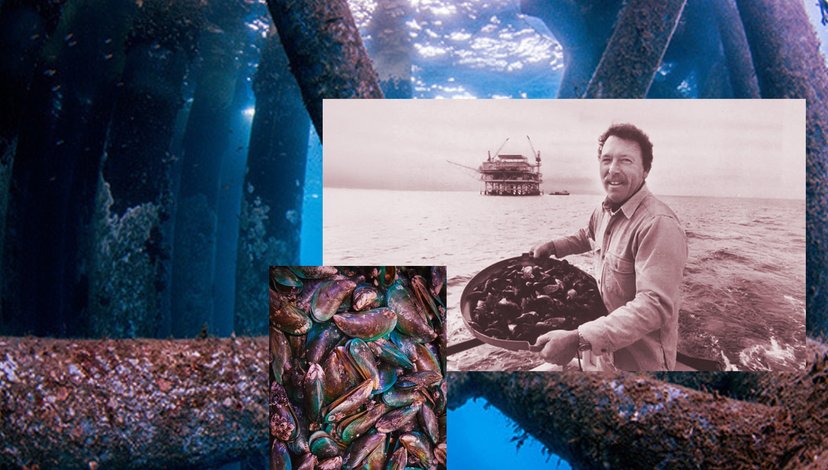
Head of Ecomar Co. Bob Meek, on an offshore oil rig, holding a large container of mussels harvested from its underwater structure, as another rig looms in the distance. Composite: COOKING SECTIONS
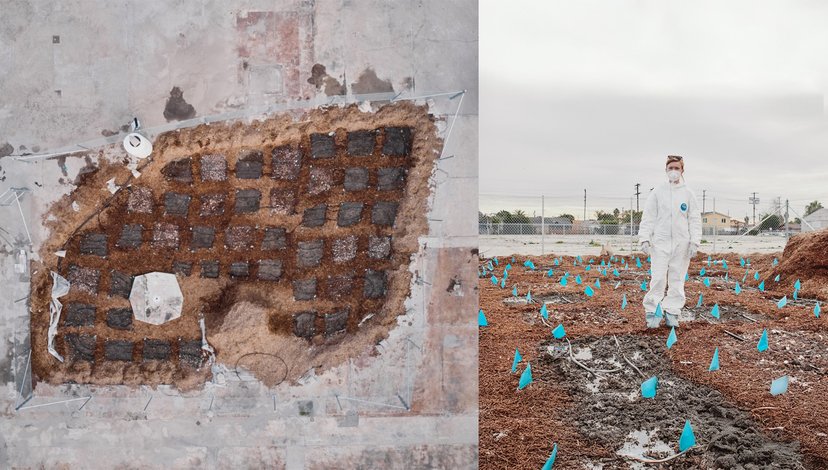
Left: Aerial image of Brownfield Fungal Gardens in Slauson and Wall, a brownfield site and former chroming facility, where heavy metal absorption is tested in partnership with mushrooms after the 2024 wildfires in Los Angeles, CA. Right: Dr. Danielle Stevenson, Centre for Applied Ecological Remediation and the SoCal Post Fire Bioremediation Coalition, checking on the fungal gardens. (Images: Adam Armengual)
Live Project/Field Trip:
This year, ADS3 will combine the sites of the Live Project and the Field Trip. In February 2026, we will travel to Istanbul to visit buffalo herding areas in the post-industrial wetlands of the city, alongside historical and contemporary architectural landmarks. The Live Project will collaborate with CLIMAVORE × Jameel and the RCA’s Water Buffalo Commons project to develop participatory planning tools focused on post-industrial wetland habitats in Northern Istanbul, to be showcased at the 2026 Water Buffalo Festival.
Teaching Day: Tuesday
Daniel Fernández Pascual & Alon Schwabe are the founders of Cooking Sections. In 2015 they coined the term CLIMAVORE, and set it up as a research framework, platform and agency to study food systems for the new seasons of the climate crisis. Tackling the extractive practices that led to them, their work advances new infrastructural horizons through collaborations with marine biologists, botanists, farmers, chefs, fisherfolk, anthropologists, oenologists, soil scientists, herders, and many others living on the frontiers of the climate emergency. They are the Principal Investigators of CLIMAVORE x Jameel at RCA.
Rosa Whiteley is an architect, writer and spatial researcher working at the intersection of architecture and critical ecologies. Her projects follow weather events, such as high winds, fogs, storms, clouds, sunburns, and dews to explore the politics of meteorology, land management, and toxic regimes. Rosa is the Director of Material Research at Climavore and has worked as a project manager and lead researcher within Cooking Sections. Rosa was a 24/25 Research Fellow at Onassis Stegi in Athens.
